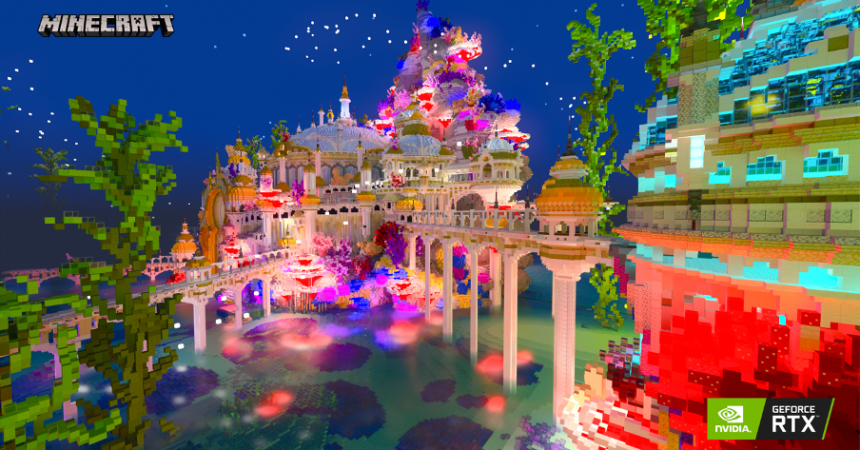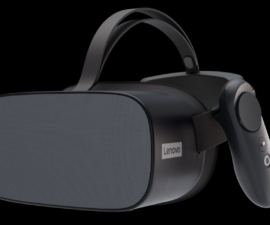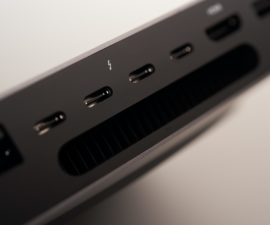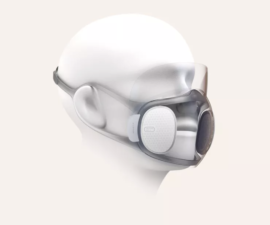Since Microsoft announced that ray-tracing would be coming to Minecraft last October with the help of NVIDIA’s RTX graphics cards, the anticipation among millions of players waiting to jump back into the sandbox video game in a new light was palpable. Now, the wait is finally over.
Minecraft has enchanted the world ever since its first release to the public on May 17, 2009. Since then, it’s been a global hit with 180 million copies and more than 100 million monthly active players. But it’s been more than ten years. It was about time for an overhaul, short of a ‘Definitive Edition’ a la Age of Empires II.
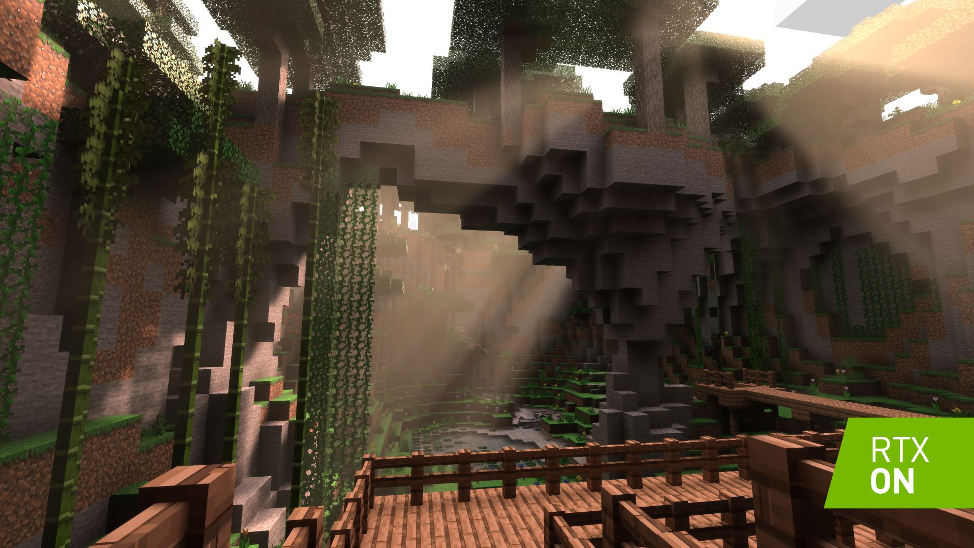
With the beta launched on April 16, Minecraft RTX – if you can get your GPU to work – is getting rave reviews with YouTubers like Captain Sparklez and Ph1LzA chiming in about how it’s like stepping into a totally new world, even though everything is technically just as square as before.
NVIDIA has topped the gaming industry as one of the best-selling graphics card company, and by tapping into our nostalgia for what’s essentially a cult classic, Minecraft gets the royal treatment. Traditionally favored by 3D animators, the game supports a whopping 4K resolution (although frankly we’re not sure if this is necessary), and upgrades in shades, reflections and lighting that sometimes has us thinking that we’re in a live action Lego Movie.
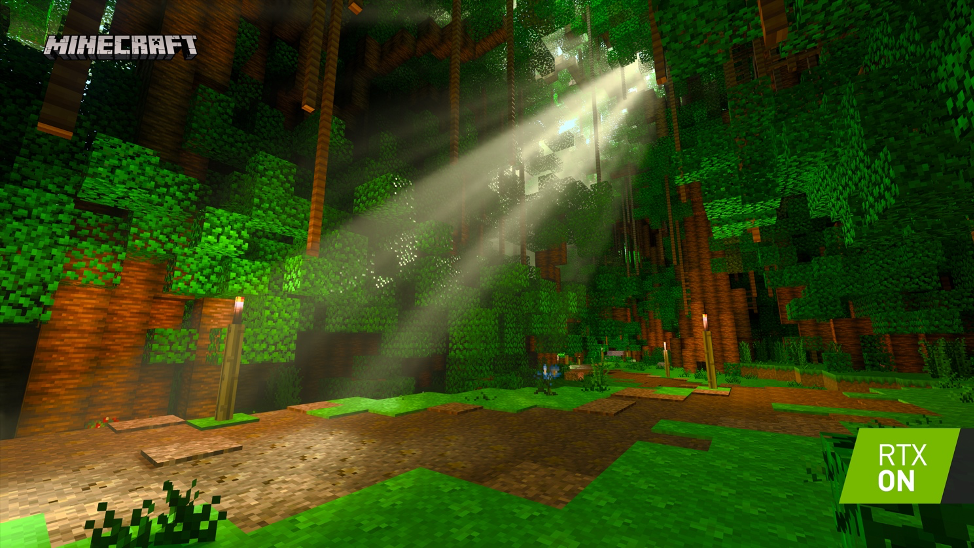
What’s ironically clever is that NVIDIA is cleverly showing off its Deep Learning Super Sampling 2.0 (DLSS) tech, in a game that’s technically rooted in the task of mining virtual blocks to assemble blocky structures. Where’s the irony? NVIDIA’s DLSS 2.0 is its AI rendering technology that renders fewer pixels but still manages to smooth out edges to show off sharper and higher resolution images.
It’s like the difference between playing games like Counter Strike: Go with FXAA Anti-Aliasing “Disabled,” where the game looks pixelated, as opposed to “Enabled,” where edges of in-game objects are smoothed out. But you can think of DLSS 2.0 as FXAA but on steroids.
So NVIDIA has decided to show off how it can smooth edges of cubes in a game where fundamentally the entire playable environment and characters are built from cubes.
Well played NVIDIA.




